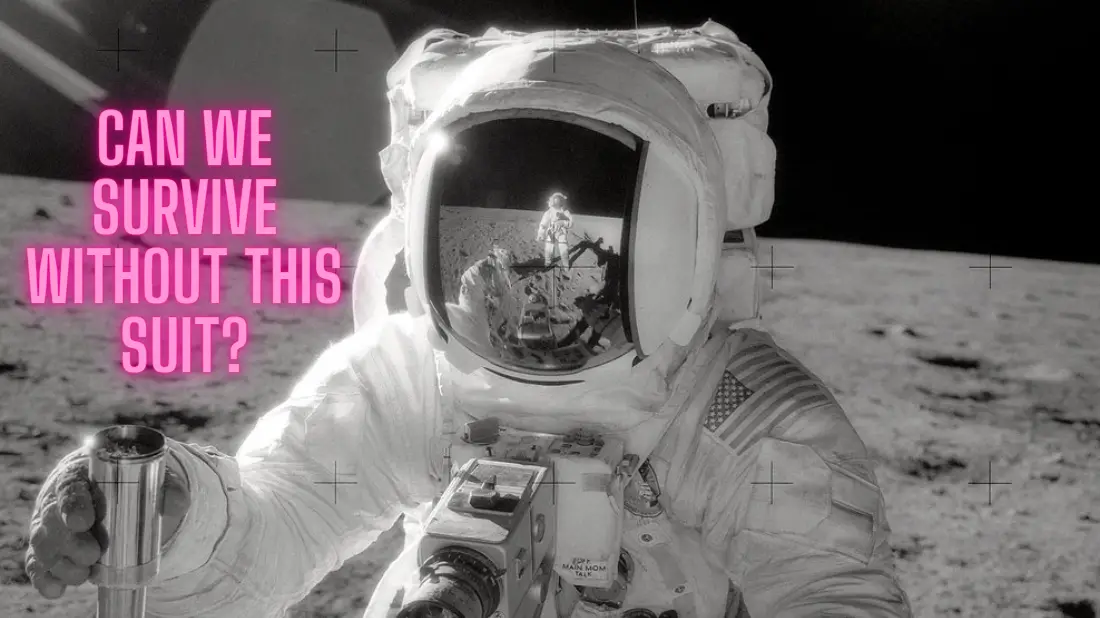The moon is the only celestial body that man has visited. On July 20, 1969, the Apollo 11 spacecraft landed on the moon’s surface. Neil Armstrong and Buzz Aldrin were the first humans to walk on the moon. Compared to Earth’s atmosphere, which is 10 trillion or 10 to the 13th power times denser, the moon’s gas content is considered to be a vacuum.
In fact, the density of the moon’s atmosphere can be compared to the density of the uppermost layers of Earth’s atmosphere, where the International Space Station is located. However, there is good news: you won’t die instantly; you have about 15 seconds before you pass out from hypnosis.
This is the amount of time your body will have to use the remaining oxygen in your blood to sustain brain function, but a lack of oxygen is not our only concern. You’ve probably seen memes of the blobfish, which is called the saddest creature on earth. In fact, it’s the drop in pressure that makes it so. This fish lives at great depths and there it has a normal appearance, but when it’s caught due to the large difference in pressure it inflates.
Contrarily, exhaling is a better idea. Furthermore, under such conditions, water will boil regardless of temperature. This means that the liquid in open areas such as the skin and eyes will evaporate. You’ll feel your saliva boiling on your tongue, but your blood will remain liquid because the walls of your blood vessels will prevent it from boiling. The temperature on the moon is not exactly comfortable. During the day, the surface reaches 127 degrees Celsius (260 degrees Fahrenheit), and at night, it cools down to If you find yourself on the moon in the afternoon, instead of panicking, you will be burned by solar radiation. On earth, the ozone layer protects us from the harmful ultraviolet radiation of the Sun, but on the moon, you will have no such protection.
Furthermore, it will be unbearable to stand on the moon’s surface, which is extremely hot. Additionally, the moon has a very weak magnetic field, which means that you will be assaulted by streams of solar and galactic radiation. In this case, it’s very likely that you’ll die instantly. Another hazard that awaits you on the moon is dust called regolith. This is where Neil Armstrong left an imprint of his boot. Since there’s no wind on the moon, the imprint has survived to this day. If you had more than 30 seconds, you could find out that without a spacesuit, moon dust poses a grave threat to your life.
Have you noticed the vast number of craters on the moon?
These are the Regolith is created by the vacuum-induced crushing of lunar rocks. Its particles range in size from 0.3 to 1 millimeter, or 0.001 to 0.024 inches, but they are extremely sharp and can easily damage the lungs. Moon dust is constantly bombarded by solar wind particles, which is why it acquires a positive electric charge and rises above the surface of the moon. so regolith will cause you I irritate and sinusitis.
So your thirty seconds on the moon have expired. These were not pleasant seconds, but the good news is that you’re still alive. However, if you stay there longer without a spacesuit, oxygen starvation will eventually kill you. NASA has just unveiled a new lunar spacesuit in which the United States hopes to return to the moon. It weighs 91 kilograms or about 200 pounds, but because the Moon’s gravity is six times weaker than that of Earth, the developers are confident that it will be comfortable to move in.
Astronauts will no longer have to jump on the surface of the Moon like their predecessors; they will be able to walk. The new suit will also protect against moon dust and radiation, and is designed for moon walks lasting up to eight hours. By 2024, the United States hopes to fly in these protective suits to the moon, and by 2028, the first lunar base should be constructed. NASA’s new lunar program is called the Artemis program, and finally, the answer to the question of how many people have visited the Moon between 1969 and 1972 is that under the Apollo program, six flights were performed with a landing on the moon, and twelve people visited its surface. Gene Cernan and Harrison Schmitt made the longest walk on the moon, which lasted seven hours and thirty-six minutes, during the final Apollo mission, and astronaut Alan Shepard was even able to play golf on the moon.
![]()
